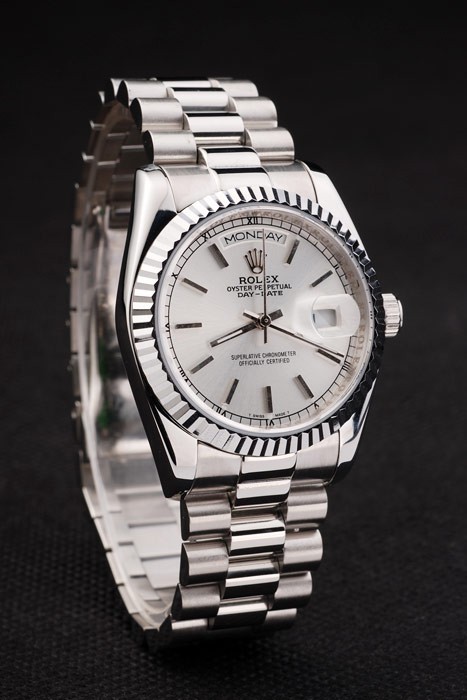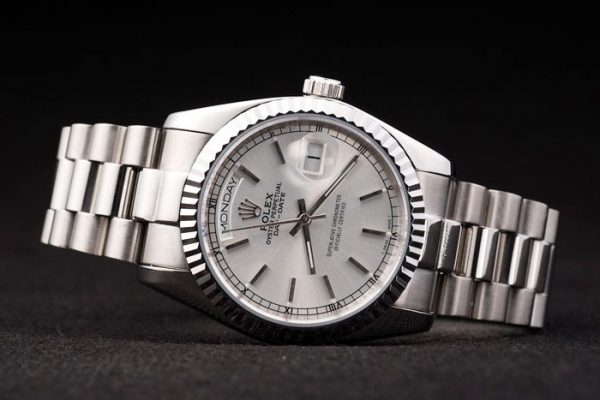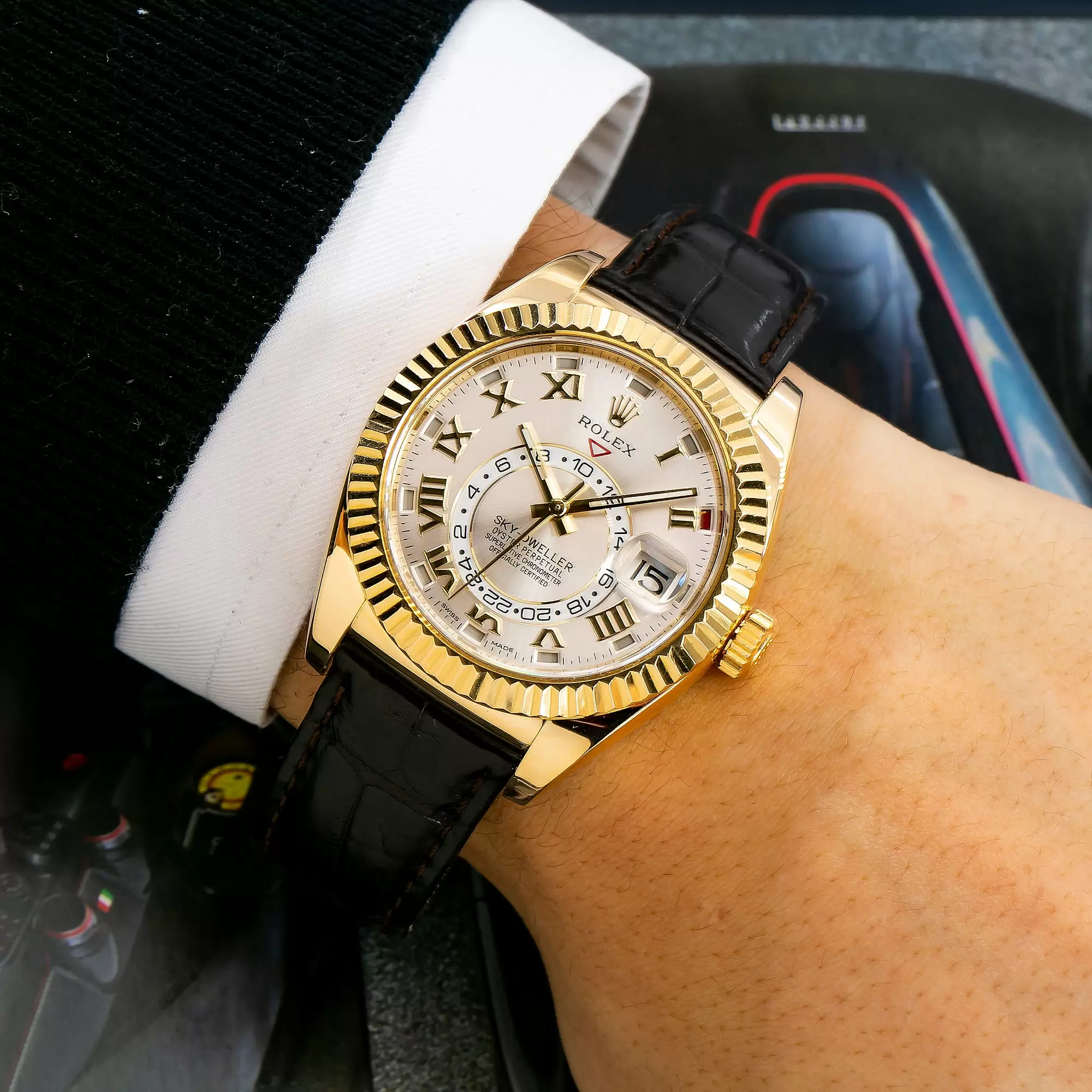The release of the highly anticipated Morgan Stanley report on the Swiss watch industry has sparked mixed reactions within the industry. While some view it as a testament to their success, others dismiss it as unreliable speculation. The interpretation largely hinges on whether one’s brand is on the rise or struggling to maintain relevance.
Acknowledging the imperfect nature of the data, Morgan Stanley and LuxeConsult caution that the report’s accuracy may be compromised by the reticence of many privately-owned watchmakers to disclose financial details. Despite these challenges, the report, now in its seventh year, draws upon multiple data sources to offer valuable insights into the industry landscape.
Foremost among the report’s findings is Rolex’s continued dominance, with sales reaching CHF 10.1 million in 2023, representing a staggering 30% market share worldwide and up to 40% in the United States alone. This unparalleled market position sets replica Rolex apart from its competitors, which typically command much smaller shares of the market.
The remaining top brands, including Cartier, Omega, Audemars Piguet, Patek Philippe, and Richard Mille, each hold more modest market shares ranging from 3% to 8%. Below these top-tier brands, market shares diminish significantly, indicating a diverse and competitive landscape below Rolex’s towering presence.

While some may question the impact of Rolex’s dominance on market dynamics, it’s essential to recognize the brand’s positive contributions. Rolex’s formidable market presence is not inherently detrimental; rather, it exerts its influence to the benefit of its customers and retailers. However, its tactics, such as negotiating extensive retail partnerships and managing supply to maintain exclusivity, can disadvantage competitors lacking similar clout.
Rumors of Rolex artificially restricting supply to drive demand and maintain waiting lists persist, but evidence suggests otherwise. The brand’s substantial investment in marketing fuels demand, creating the allure that underpins its enduring popularity.
Despite occasional legal challenges, Rolex’s business practices generally align with market norms and regulations. While its dominance may overshadow competitors, there are no insurmountable barriers preventing other brands from challenging its supremacy.
In fact, Rolex’s success serves as a catalyst for innovation and growth within the industry. Rising sales figures for competitors like Cartier, Audemars Piguet, and Vacheron Constantin demonstrate the potential for growth, albeit from a lower starting point.

Ultimately, Rolex’s influence extends beyond its own brand, shaping consumer perceptions and industry standards. Much like De Beers’ iconic slogan, Rolex has redefined luxury watchmaking, emphasizing heritage, craftsmanship, and functionality, thereby elevating the entire industry.
While Rolex’s dominance may raise concerns about market fairness, it also fosters competition and drives innovation. As competitors strive to emulate its success, the Swiss replica watch industry as a whole stands to benefit from Rolex’s enduring legacy.
